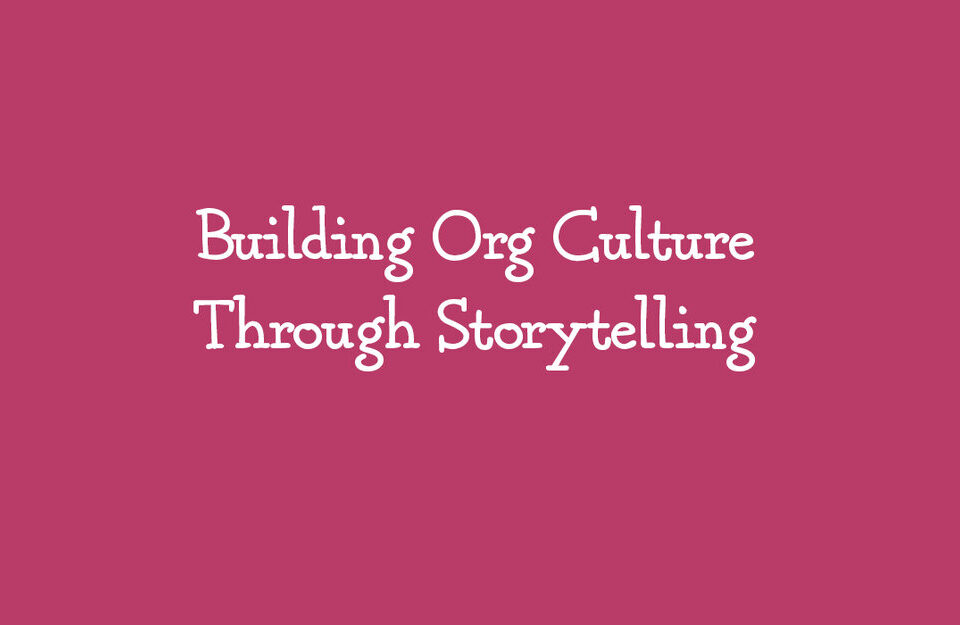Prakash Jha the director of Rajneeti, is a multi faceted person. From his first documentary made in 1974, his body of work spans more than 25 documentaries, nine feature films, two television features and three television series. My favorite would have to be Mungerilal Ke Haseen Sapne, a popular Hindi TV comedy serial based on James Thurber's novel The Secret Life of Walter Mitty. In 1989, he took a sabbatical from films, and moved to Bihar for four years, during period he formed two organizations, Anubhooti, which trains young people from region, in film making, and Samvedan, in Champaran, to promote small and micro industries. The National Award winning film Gangaajal (trans: Water of the Ganges) made in 2003 based on the infamous incident in 1980 in Bhagalpur, Bihar when 31 undertrials were blinded by cops pouring acid in their eyes. Prakash Jha is no stranger to storytelling. Rajneeti (Trans: Politics) is a blend of the great Indian epic Mahabharat, some elements of dynastic politics of India's ruling party and generous "tributes" to The Godfather.
"Let us imagine that you had bought, in secret, the world’s most precious jewel, the Eye of Empire, a massive ruby known to have left a trail of lives—violently lost—behind it as it journeyed across harsh lands in the care of desperate men." So begins Samit Basu's new book Terror on the Titanic - his first Young Adult novel. Meet Samit, India's first fantasy novelist and the first well-known Indian author to cross over into comics. He is the author of an extremely popular trilogy of fantasy novels, the GameWorld Trilogy, comprising The Simoqin Prophecies (2004) The Manticore's Secret (2005) and The Unwaba Revelations (2007). He has written comics for Marvel Comics in India. Outlook featured him along with Shreya Ghoshal - India's top playback singer and Konkona Sen Sharma the brilliant actress. He got inspired to start a career as an author during a dull class at IIM (Ahmedabad) while pursuing his MBA. Read on what this talented writer is all about.
What do you want to be when you grow up? The answer is very often influenced by the kind of person who you view as a role model. Role models inspire. Role models resonate with what we want to be. A role model has to walk the talk. Authority figures are inevitably burdened with the task of being exemplary in their conduct at all times. Parents of very young children realize that the children tend to emulate their behavior whether or not it is appropriate or even safe. Many parents have walked in to discover their three year old trying to apply lipstick like Mummy or shave like Daddy - sometimes with disastrous results.
Anyone who works for a "staff function" or a "support function" will tell you that the nature of this function is advisory. The people belonging to this function investigate, research, and give advice to their line managers. The value of the function really then lies in becoming a trusted advisor to the business. Being a trusted advisor simply means that the "clients" value the deep subject matter expertise that the specialist brings to the table. All advisory professions have to earn the trust of the client without which they are not relevant. That is as true for Human Resources professionals as it is for a doctor, a lawyer, an accountant ... the list goes on. The feeling of professional self worth of such professionals is very directly linked to how valuable they and their advise is to the others. The more they are consulted the more valued they feel.
I believe that leaders who bring in a multi function, multi business and multi geography perspective will succeed better since business opportunities are going to lie at intersection points. For instance: When you have a leader who understands not just mobile technology but also consumer needs around entertainment or education, there is a business opportunity. If that person were to be a designer, you have a brilliant combination. I believe the consumer will become more sophisticated and look beyond meeting purely functional needs. They will look for design and aesthetics in the products or services. Leaders who are equally at home in quantitative analysis as they are in understanding qualitative nuances will be more successful. Clearly people who have a more eclectic education - say Finance, Human Resources and Design will be valuable. A more international outlook will make a leader comfortable in not only understanding cultural nuances of the consumer but will also build a more inclusive work environment which will attract the best talent globally.
When you ask interns about their experiences with their project guides or managers, you get to hear some crazy stories. The insecure and moronic will always treat Interns as a form of life similar to amoeba and consequently low down on the food chain. While the smarter people use the interns to get a fresh perspective to some real life issues and problems. The evolved look at it as an opportunity to build the employer brand.The jobs are back. So are internships. Their cover story of 15 April 2010 is labelled Angels, Bosses and Demons. The article clearly identifies the ideal boss. You have to decide who they refered to as Demon or Angel. JAM's reporter Prachi Parekh wanted to know how I would treat an intern. Here are some excerpts...
According to Yahoo News, 'Books such as 'Almost Single', 'The Zoya Factor', 'Bombay Rains' and 'Keep off the Grass', 'Married But Available', 'Secrets and Lies', and very recently 'Keep the Change Year After Year' have been a series of titles from Indian authors for the Indian audience that end up doing big numbers,' Lipika Bhushan of Harper Collins said.
THE Tale, the Parable, and the Fable are all common and popular modes of conveying instruction. The Tale is a story either founded on facts, or sometimes just a figment of imagination. There are no moral lessons expected to be learned. The Parable is intended to convey secret meanings. Fables are intended to impact human behavior through the stories and the characters. Good and bad characters are clearly demarcated. Aesops fables have become a part of our everyday language. The story of the thirsty crow dropping pebbles in a pitcher to raise up the level of water is one of the first lessons in innovation we learned. The moral of the story is explicitly stated at the end eg "Necessity is the mother of invention" in case of the Crow and the Pitcher story.









